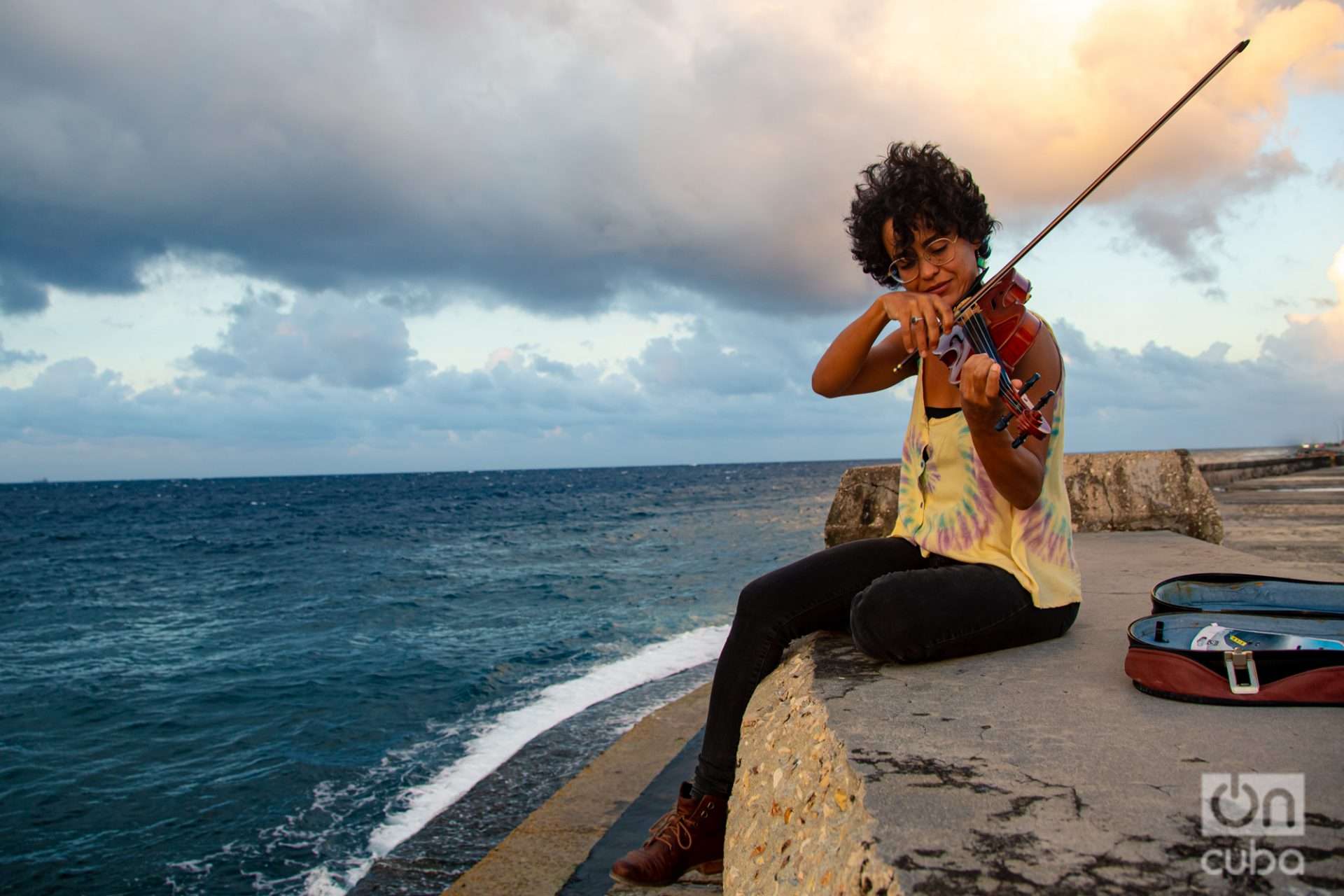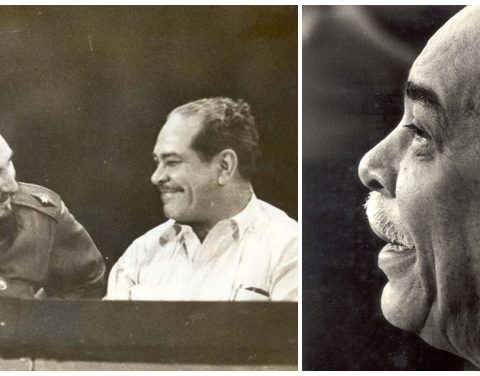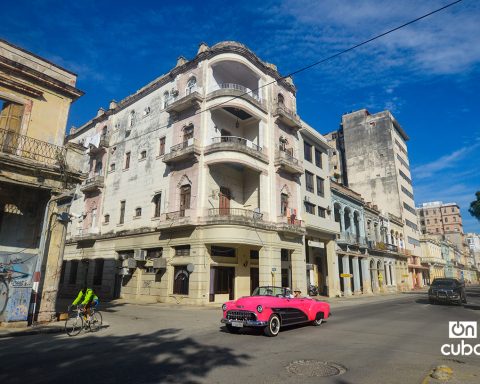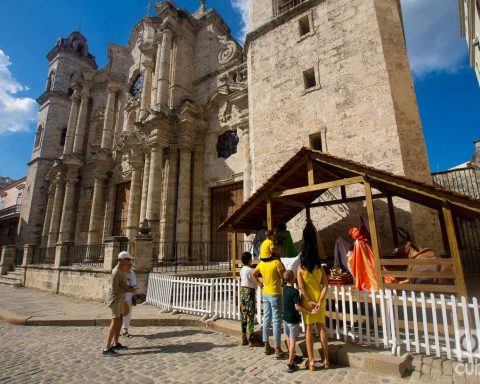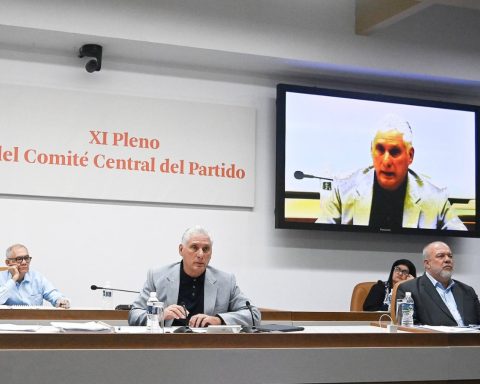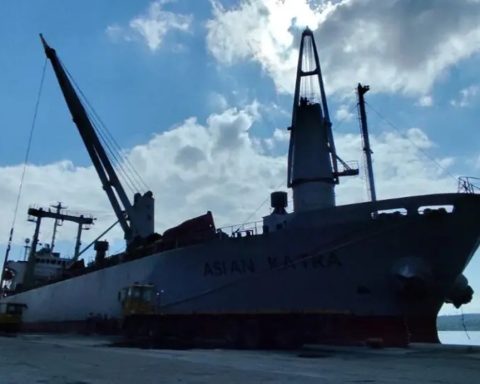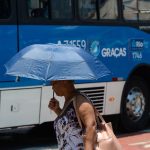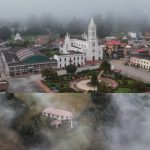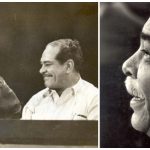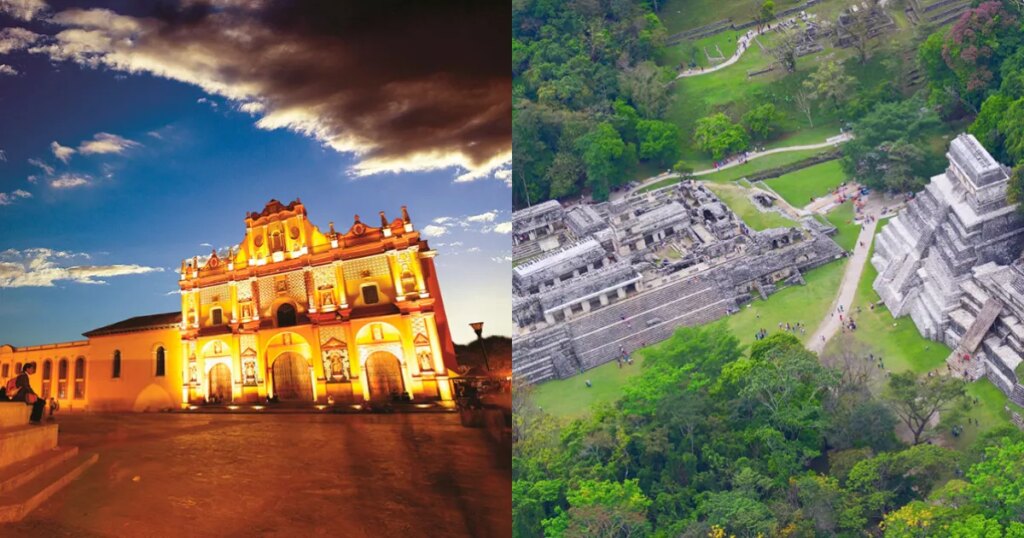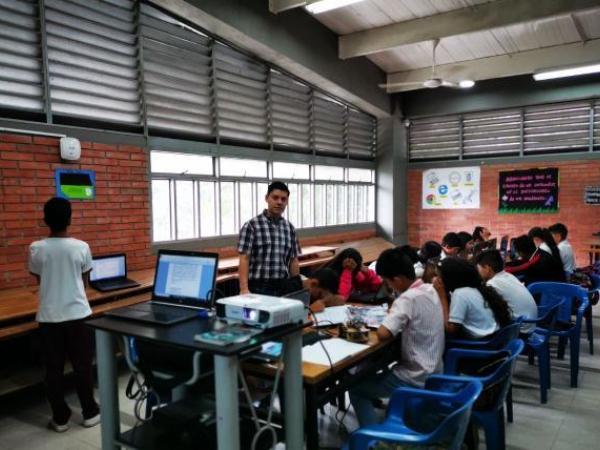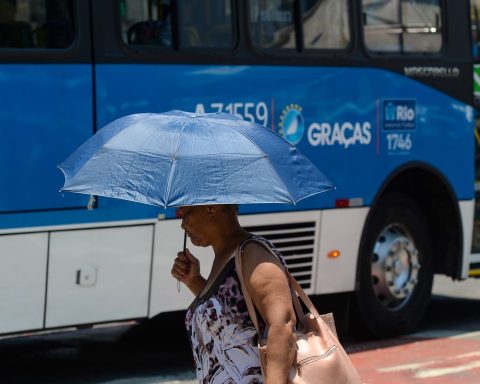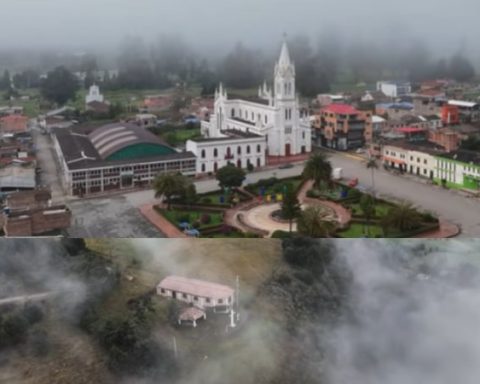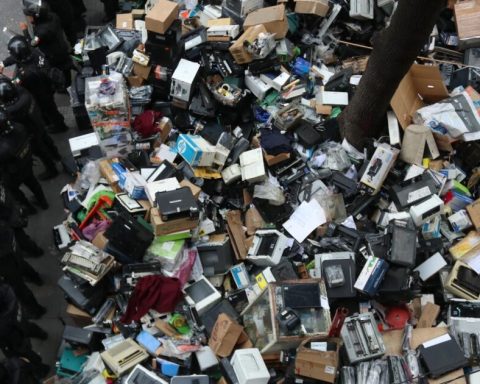In the Cuban popular imagination, as in other countries with coasts, the sea is linked to emigration. Many stories that address the issue refer to the image of the Malecón. “The cursed circumstance of water everywhere” makes us want to escape the weight of the island. It doesn’t matter what the reasons are; the desire to cross the pond they are as alive as a deep-rooted tree.
Today more than ever the stories of goodbyes are woven. Sad, hopeful stories, of anger and encouragement, of bitterness and illusion. But the Malecón, with its semantic load, can also be the scene of the return. And the sound of the sea can be the music that accompanies the trip to the seed.
Mariana knows that people look at her as a weirdo. When she bikes underwater to a concert; when she sees her mastery and her technique with the violin and they discover that she prefers to go to the peripheries to teach music than play with a chamber orchestra; her when she sits on the Malecón with flip flops and a summer blouse. They look at her strangely and the logical question almost always appears: “And what are you doing here?”
Some say that she is Dutch and others reveal that she is actually German. Those who know her better know that Hutchinson was a killer in Bahía and would walk to the coast with a picket. Whoever saw her play the violin at the Koninklijk Conservatorium, cannot imagine her, as a child, winning a freestyle competition in the pool of the Villa Panamericana.
The Hutchinson belongs to his father, a Cuban direct descendant of Jamaicans; and Siemers is the surname of his mother, a native of Germany. Although Mariana had visited her maternal home, Habana del Este was her universe. At the age of 8, her mother decided to return to Germany for work reasons. “When she told me, I remember crying all night.”
They took her. But her parents managed not to completely tear her out of Cuba. She, at this point, cannot explain how they could bring her so many times. Thus she spent three years, taking the two educational systems together: the Cuban and the German. On her study table, there in her house on Oberer Lindweg street, she had Raúl Gómez García’s primary books, which was still her school, even in the distance.
At some point the subjects became very far apart and it was very hard to take exams in both countries. Fortunately, the language of the violin was the same; the same endearing, familiar cadence he had for his mother and her grandmother and for all the generations of women in his German family who chose a musical instrument to accompany their lives.
Sitting on the wall of the Malecón, surrounded by people, she tells how traumatic it was to go live in Germany. Especially from a cultural point of view. She considers herself half German, but she remembers that it was hard, that she felt alone, invisible.
Time passed. The German part of her came out to defend her and she managed to fit into a context that belonged to her by inheritance.
Then she studied music in the Netherlands and there, for sixteen years, she put together her life project, as an artist, as a teacher, as a woman.
But he always had a latent question: “Do I want to return to Cuba? How much Cuban is there in me if I have been living in Europe for twenty-something years?” She spent several years with the idea of settling down here again, doubting, dreaming, wondering if it was an adult Mariana’s desire to please Mariana as a child who did not want to leave Bahía.
And decided to start from scratch. He wanted to return to Cuba at a time when many of his contemporaries had gone to study in Europe or were pursuing scholarships, because the classical music elite is there. She went against the current, as an ethical and aesthetic manifesto: “People want to leave Cuba and for classical music, Europe is the dream. I had the need to do it the other way around to be able to say: ‘This is also worth being here’”.
He has had arguments for thinking like that. In the Europe that her Cuban colleagues yearn for, Mariana does not feel the same way she does when she plays for the children of Los Pocitos. Playing Brahms at the Concertgebouw De Doelen she can’t answer what is the meaning of her art. Her answer is found in her work with the Interactive Ensemble of Havana.
She knows that “living well” is relative, and for her it means being able to carry out her project of making music with Cuban children and adolescents. It is getting into a Trades School in Central Havana and distributing musical instruments among the young people who are studying to be plumbers, turners or sheet metal workers. Her “living well” is to discover all the musical potential that these guys have and to be able to create something together.
Mariana talks about her project with her face illuminated. She says excitedly: “It’s not about teaching music, it’s about creating music together and learning from each other.” She is not referring to colleagues or great teachers, but to the children of the Akokán Project and the adolescents of the School of Trades.
When Mariana speaks to me with such passion, I feel that it is worth continuing to fight for dreams on the island. And I don’t feel alone. I am sure that, like her, there are more beautiful people who prefer to think and act against the current.
I look at her and listen to her in love with this country and its conflicts, its anxieties, the possibilities it offers her to dream and make others dream through art.
She speaks German, Dutch and English; but she also speaks Cuban without any foreign features. She knows how to negotiate with the defectors of the agricultural market and knows how to do simultaneous translation at an international classical music event. It is easy for her to have her family outside of Cuba, but she rides her bicycle, under the sun, all over Havana. She suffers precariousness and shortages, mistreatment and apathy, bureaucratic obstacles and blackouts; but she is a resilient person and she knows that here is her driving force.
Since she was a child, she liked the feeling of getting out of the water. Tiredness after swimming is the metaphor of resistance. There is something physical that connects her with the sea. “There’s something spiritual,” she tells me. “The sea makes music, calms me down, and generates a deep connection with nature.” But in Holland there are channels, I tell him. “It’s not the same”, she replies to me.
With an almost watery smile, he tells that, when he was thinking of returning, he made several short trips as a test. Many times she would go unloading at the Cuba Pavilion and when the activity was over his friends suggested continuing the rumba on the Malecón. And she, who had “everything” there in Europe, thought: “What a luxury! It’s a gift to be able to sit here.” From the same wall of that night in which she decided to return, she cries and laughs while she tells me.
